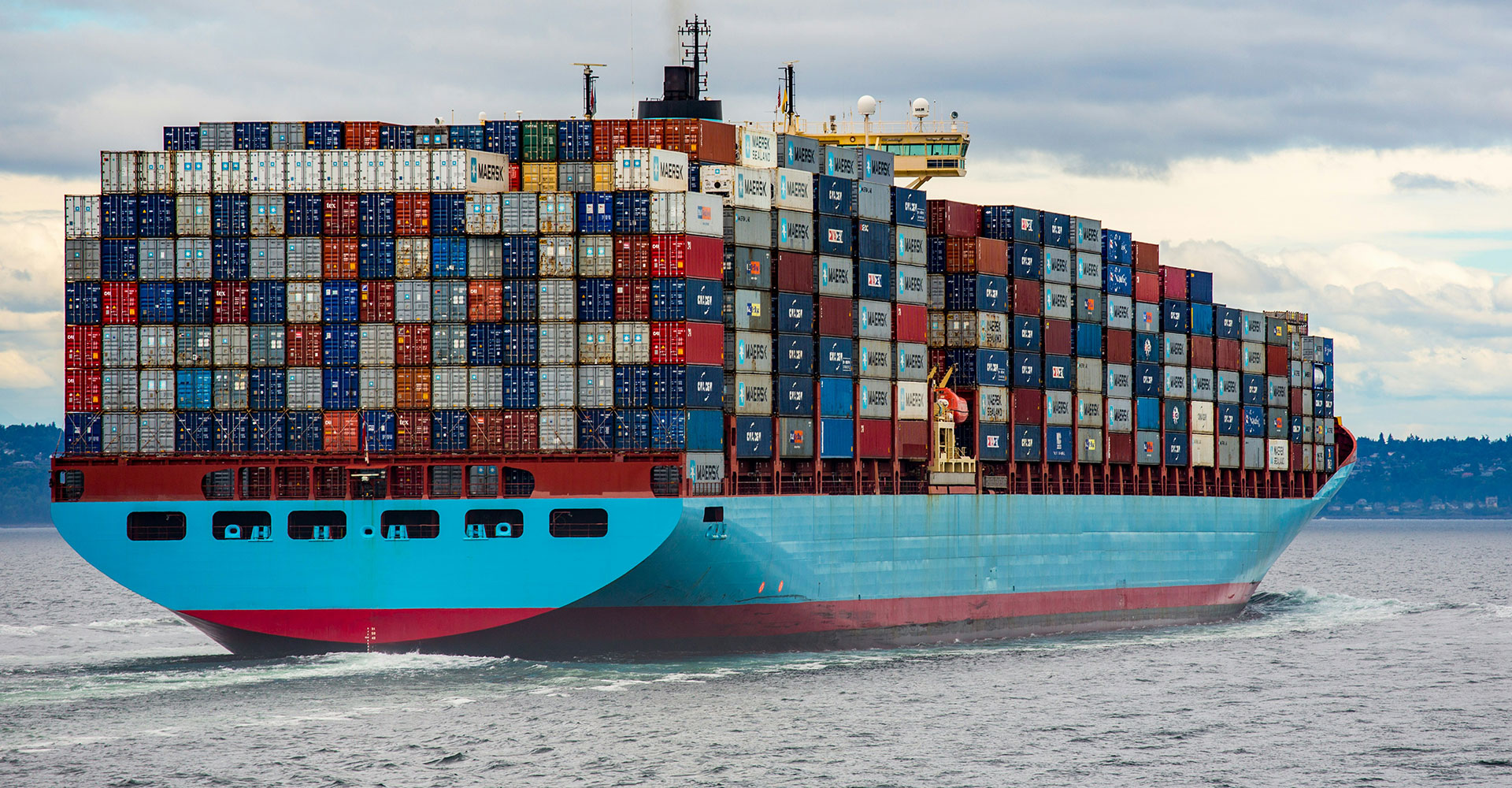In short, the answer is no.
Earlier this spring, Amazon put on the breaks, significantly slowing its ecommerce operations. This decision threatened to slow growth in the industrial space sector, which had been one of the red hot markets in commercial real estate. As we start Q3, we’re looking at how much Amazon’s actions have cooled the industrial space market.
Space used for industrial purposes — and typically much larger than other CRE — industrial real estate includes:
- Logistics centers
- Manufacturing plants
- Showrooms
- Storage facilities
- Warehouses
While we’re seeing some dips in the industrial market, demand has remained high. In fact, more facilities opening earlier this year, with 90 million square feet of new space delivered in Q1 2022 and more than 530 million square feet still in construction. National vacancies dipped in Q1 2022 — for the sixth consecutive quarter — to 3.4%. One survey found:
- Average asking rents increasing to $7.62 per square foot — with rents growing 16% since Q1 2021
- Tenants absorbing 110.8 million square feet — the third highest quarter on record for net absorption
- Leasing activity also increasing, especially among logistics and distribution companies and 3PL providers
It’s Less About Amazon — More About Limited Inventory
While sales volumes, occupancy levels and rents had begun rising even before the pandemic, the global health crisis drove demand higher. Amazon, Target, Walmart, and other big box retailers scarfed up a record amount of space at distribution centers and warehouses. But in April 2022, Amazon began subleasing some of its warehouse space in response to slow quarterly growth — its slowest in seven years.
The online retailer owned or leased nearly 375 million square feet of warehouse space in December 2021, ranking it among the top users of industrial space in the U.S. and making it a significant influencer in the industrial market. While its current slowdown might frustrate developers who’d hoped to lease current projects to Amazon, plenty of other companies — like FedEx and DHL, for example — need industrial space.
Rents continue to rise across many markets with businesses adding warehouse space to have the room for stocking products, raw materials, and other goods to offset continuing supply chain delays and prepare for the fall holiday season.
Industry analysts predict that any negative effect from Amazon’s actions will be counteracted by the number of other supply chain companies and larger retailers continuing to secure warehouse space for themselves. What may affect leasing volume this year — projected to drop about 150 million square feet from last year’s record-setting 1 billion square feet — is the ongoing limited supply.
Investor Appetites Waning?
According to Green Street, an independent research and advisory firm specializing in North American and European CRE, shares of industrial real estate investment trusts (REIT) have dropped an average of 22% in 2022 compared to 13% for the broader REIT index as well as the S&P 500. Industrial property sales volumes decreased in April to $6.5 billion, a 43% drop compared to April 2021. Rising interest rates eroding returns by increasing debt costs contributed to the steep decline.
Q2 Leasing Velocity Slowing
In New Jersey, landlords are experiencing 37% rent growth YOY, and over 24 million square feet of new industrial space is under construction. Slightly more than 20% of the new construction has been preleased, and vacancy remains at a very low 1.1% in the state, hence the increase in rents — including a more than 6% rise in rent since April.
Leasing activity slowed a little in Q2, thanks to several substantial leases on larger spaces took longer than anticipated to execute. Currently, just one big-box vacancy (500,00+ square feet) remains in the state, partially because of a lack of large-scale transactions. The 13 active requirements for 500,000+ square feet of space in January have increased to 17 active requirements now. One firm suggests the time in market for big box requirements has risen 15.4% since January, thus causing a glut of large tenant requirements.
Additionally, we’ve seen active tenants increased over 7 million square feet quarter-over-quarter to 34 million square feet — over 22% more than the trailing 12 quarter average. Experts theorize the drop off in leasing may be directly connected to the lengthier transaction timelines.
So will Amazon’s decision to step back and sublease some of its space negatively affect the industrial sector? Not likely, say most experts. In fact, one analyst suggests the giant’s sublease space was “a new form of supply.” The industrial sector is still healthy. Rents continue to increase. Other supply-chain companies continue to ramp up their growth. Will leasing volume decrease from last year’s record 1 billion square feet? Yes — but you can chalk up that decrease more to limited supply and not Amazon’s moves.
Are you a commercial real estate investor or looking for a specific property to meet your company’s needs? We invite you to talk to the professionals at CREA United: an organization of CRE professionals from 92 firms representing all disciplines within the CRE industry, from brokers to subcontractors, financial services to security systems, interior designers to architects, movers to IT, and more.

